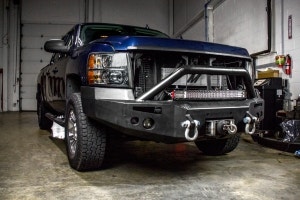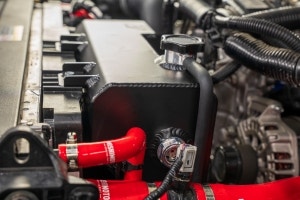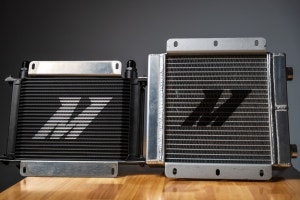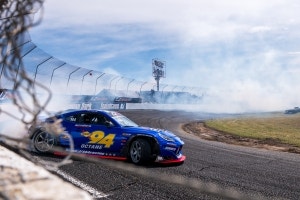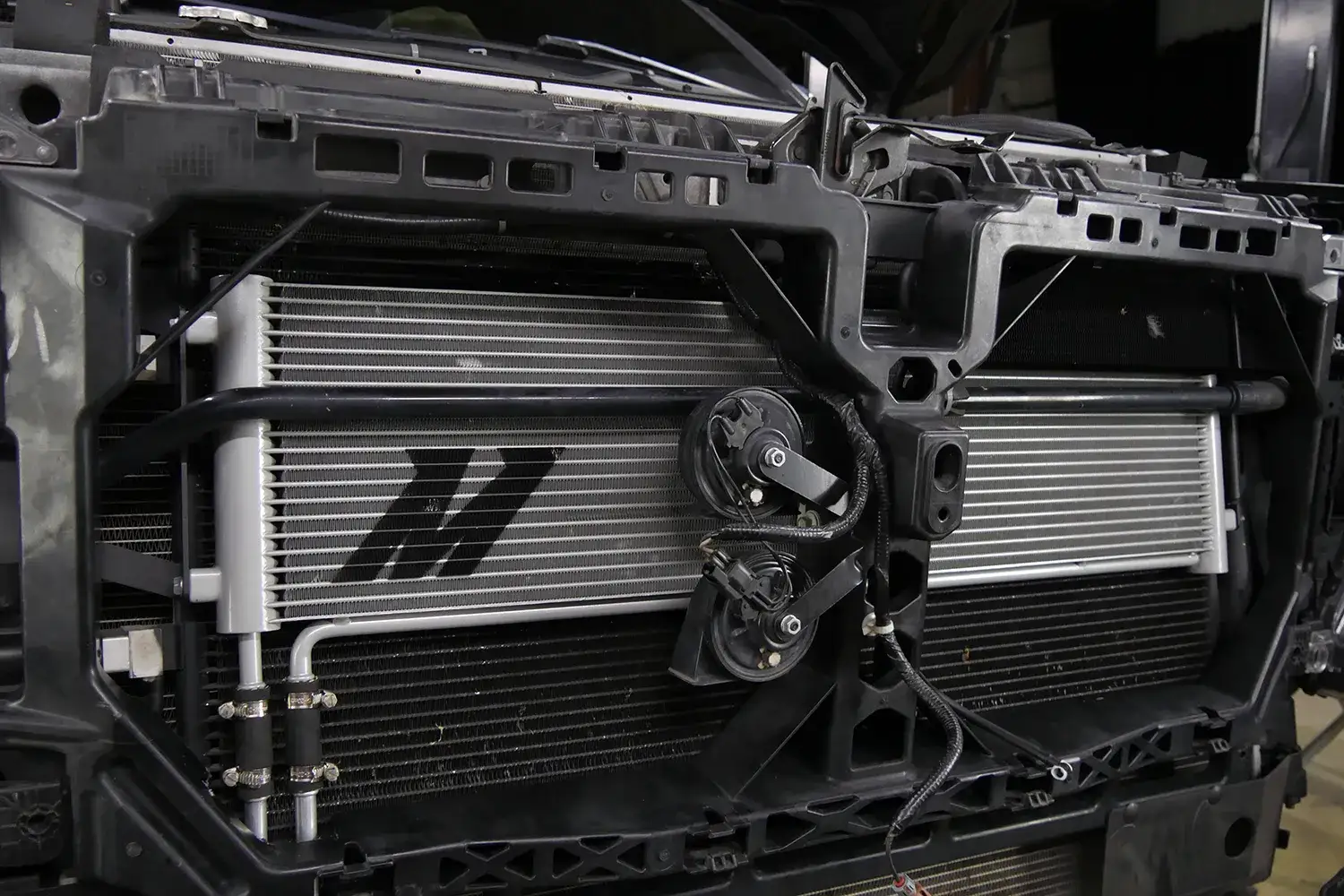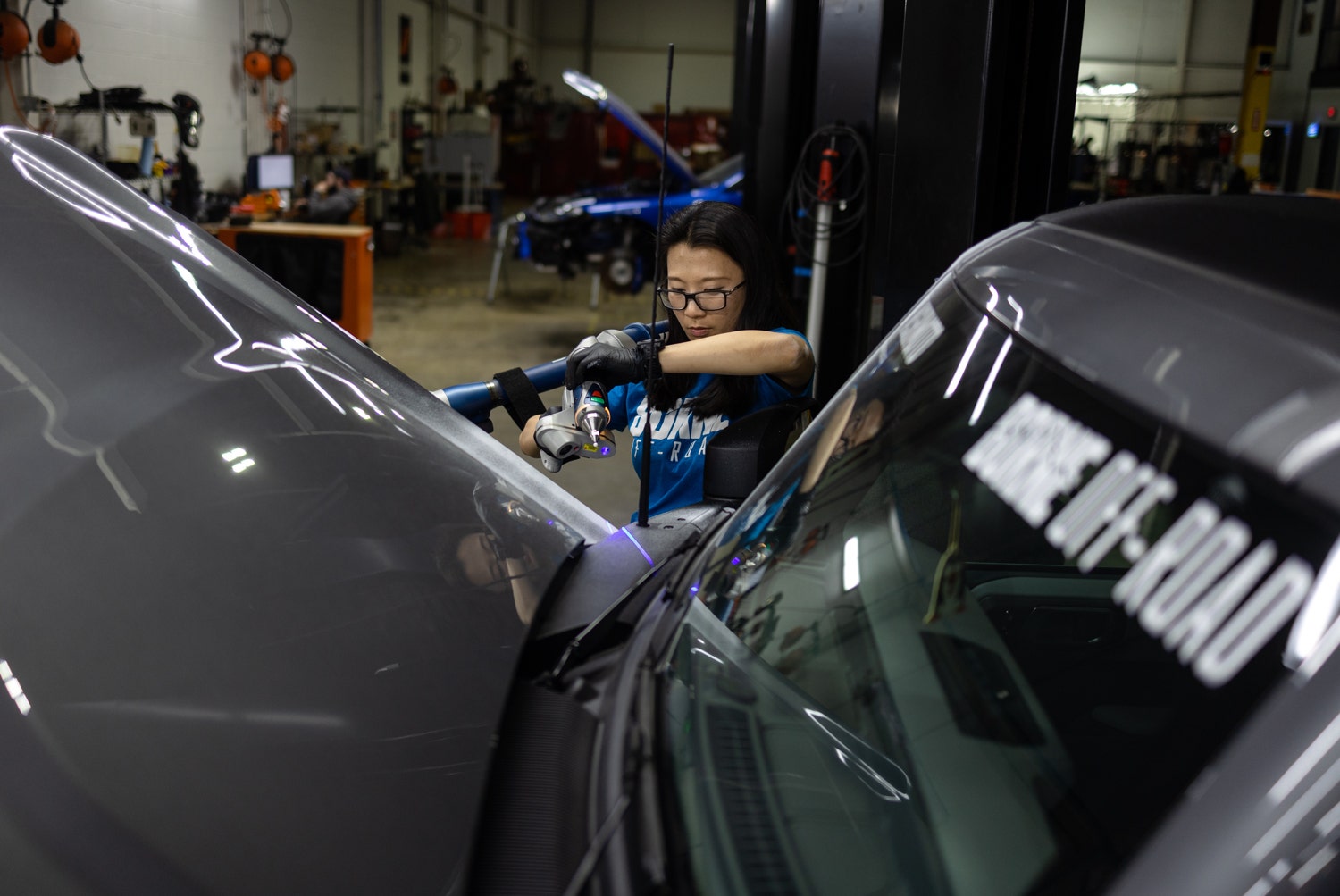
High Horse - 2021+ Ford Bronco Borne Off-Road Snorkel R&D, Part 1 - Concept and Design Plans
The Bronco rolled back into relevance on a high horse. During the decades-long hiatus from the streets and trails, Ford had ample time to plot their domination of the off-roader market, and so far, it seems to be going to plan. From towering tires to sophisticated trail cameras and everything in between, these Broncos roll off the assembly line fully prepared to dominate any obstacle that gets in their way. However, as well equipped as these wild machines are, even the most prepared adventurer can find themselves tumbling from that high horse, so adding layers of protection is ideal.
One of the best means of protecting your Bronco from the trials and tribulations of the great outdoors is with a snorkel. But with all of the protective measures integrated into the Bronco's design, how would raising the EcoBoost's induction point keep the engine internals safe? Well, we're glad you asked!
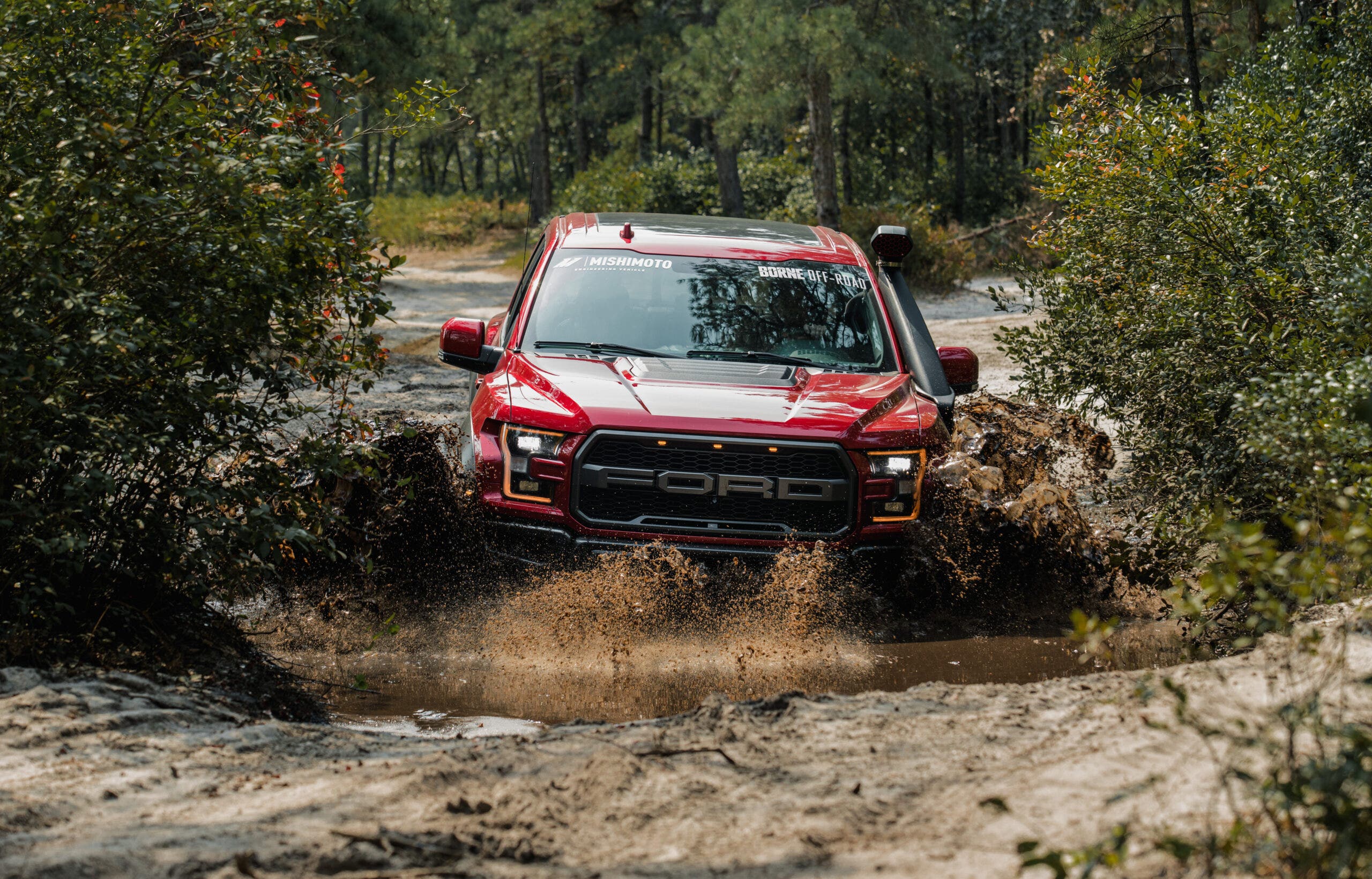
Installing a snorkel on your rig defends your intake system against two main trail hazards. The first and most apparent is deep water. Even though the Bronco has a built-in defense against wakes while fording deep water and mucky trail crossings, it only takes a slight miscalculation for your engine to start gulping down water like it woke up parched in the middle of the night. Bringing the induction point up to the roofline quenches that thirst and mitigates severe damage to the engine internals by eliminating the risk of submerging the OEM induction point. Provided all the necessary precautions were taken, a dip with a snorkel installed is just a free rinse rather than a catastrophic halt to your journey.
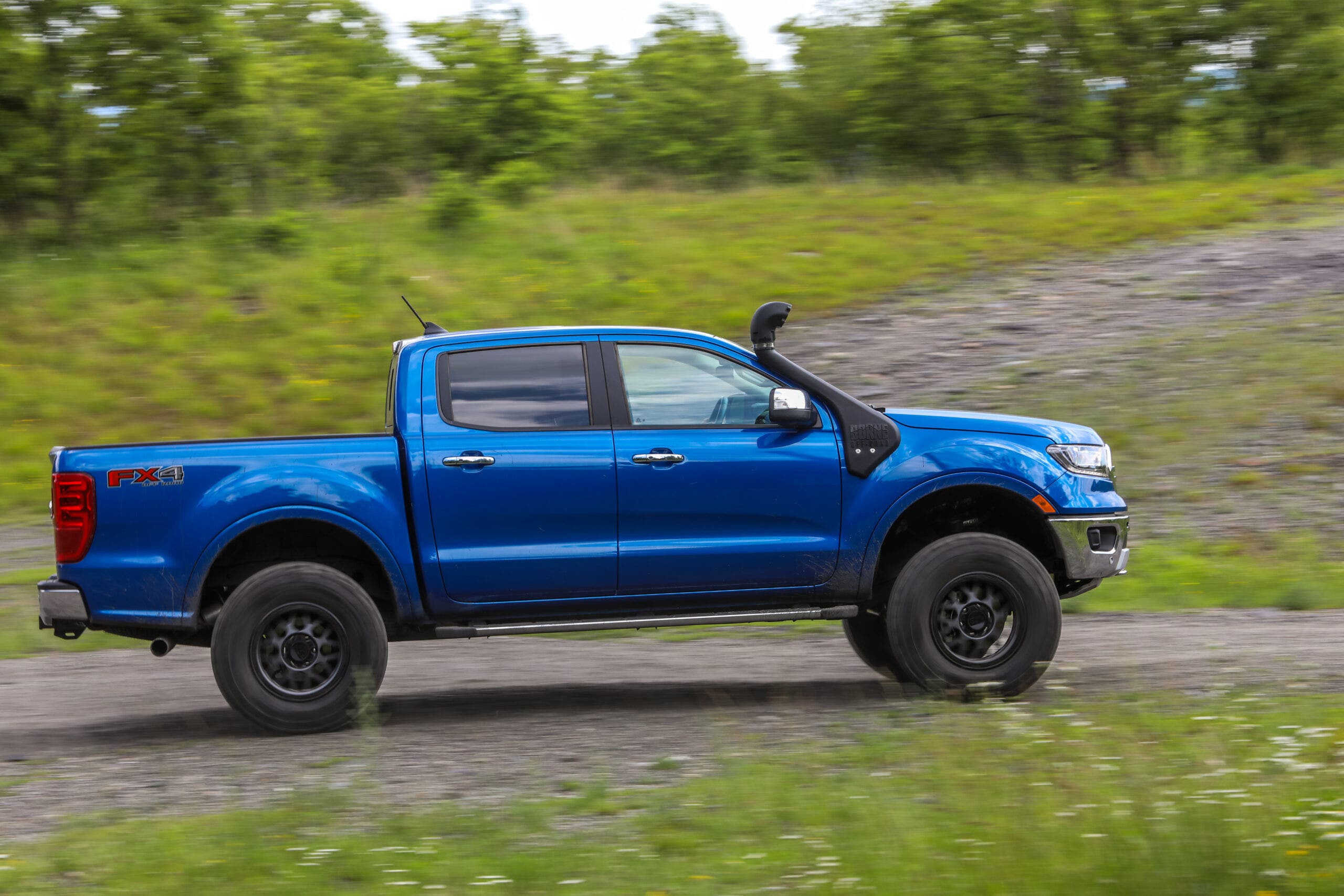
The second hazard to your off-roader's intake system is almost the complete opposite of the first. While temperature and quantity of air are essential to any internal combustion engine, the cleanliness of the air is equally vital. Whether traversing the trails or dunes, your Bronco is under a full-frontal assault from dust, dirt, and other debris that would otherwise clog up your air filter or worse.
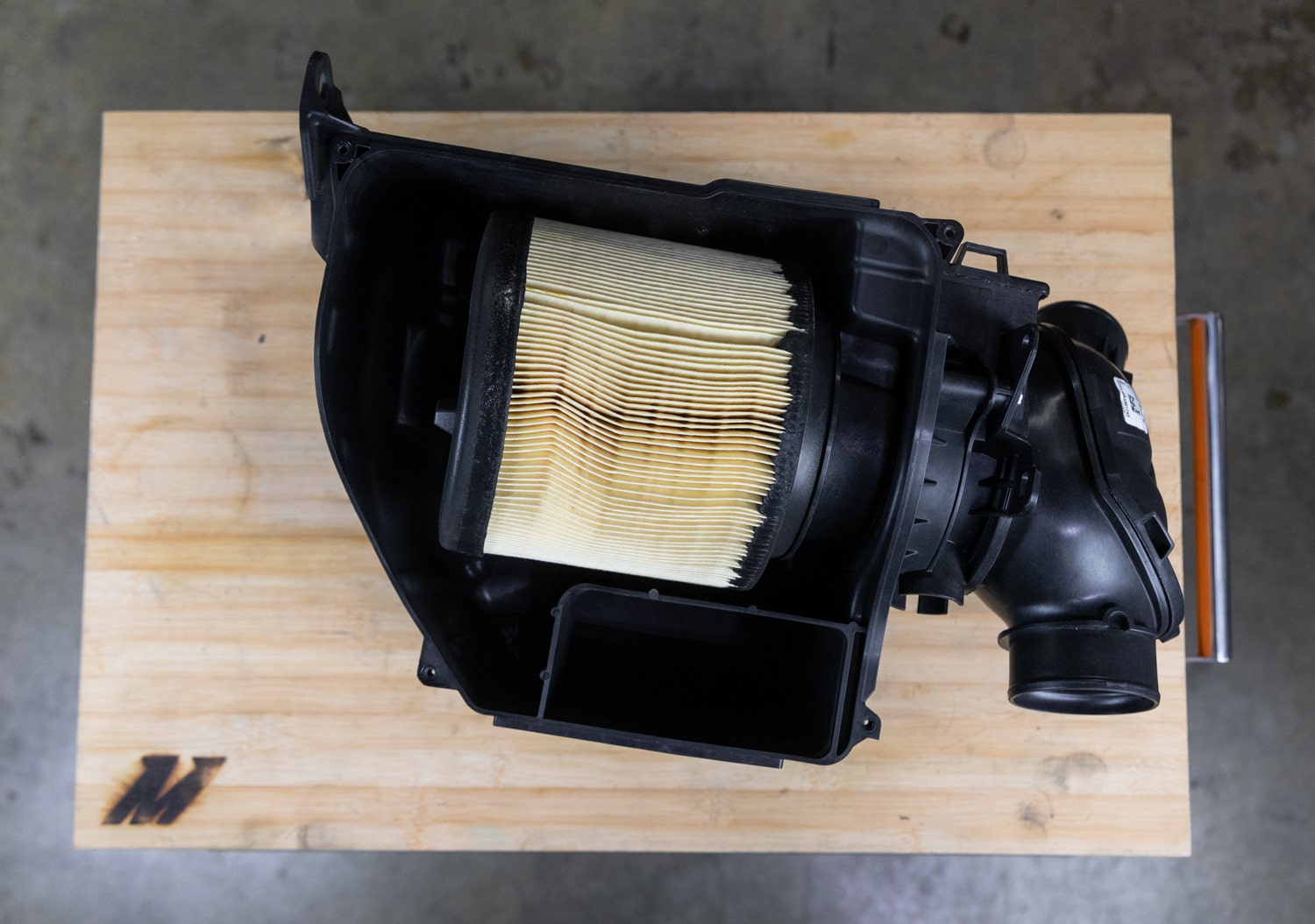
These Broncos roll off the assembly line with conical paper filters designed to tackle the dirt and debris encountered during everyday driving. Still, the dust in the wilderness is much more tenacious. These factory-equipped filters can fend off particles down to 5 microns, but the dust out on the trail can be as small as 0.2 microns. These smaller particles effortlessly sneak through the factory and even performance filters to build up on sensors and vital internal components, causing long-term issues. The relocated induction point reduces the dust intake, especially with the aid of a rotating head or cyclone separator, which is precisely what we had in mind.
Prepping the Preparation
Adding a snorkel is a permanent preparation step for all of your future off-road excursions, but even this preparation needs to be prepped. So, just like Ford's extended planning period, we've designed a roadmap to give these Broncos an added layer of defense against the elements.
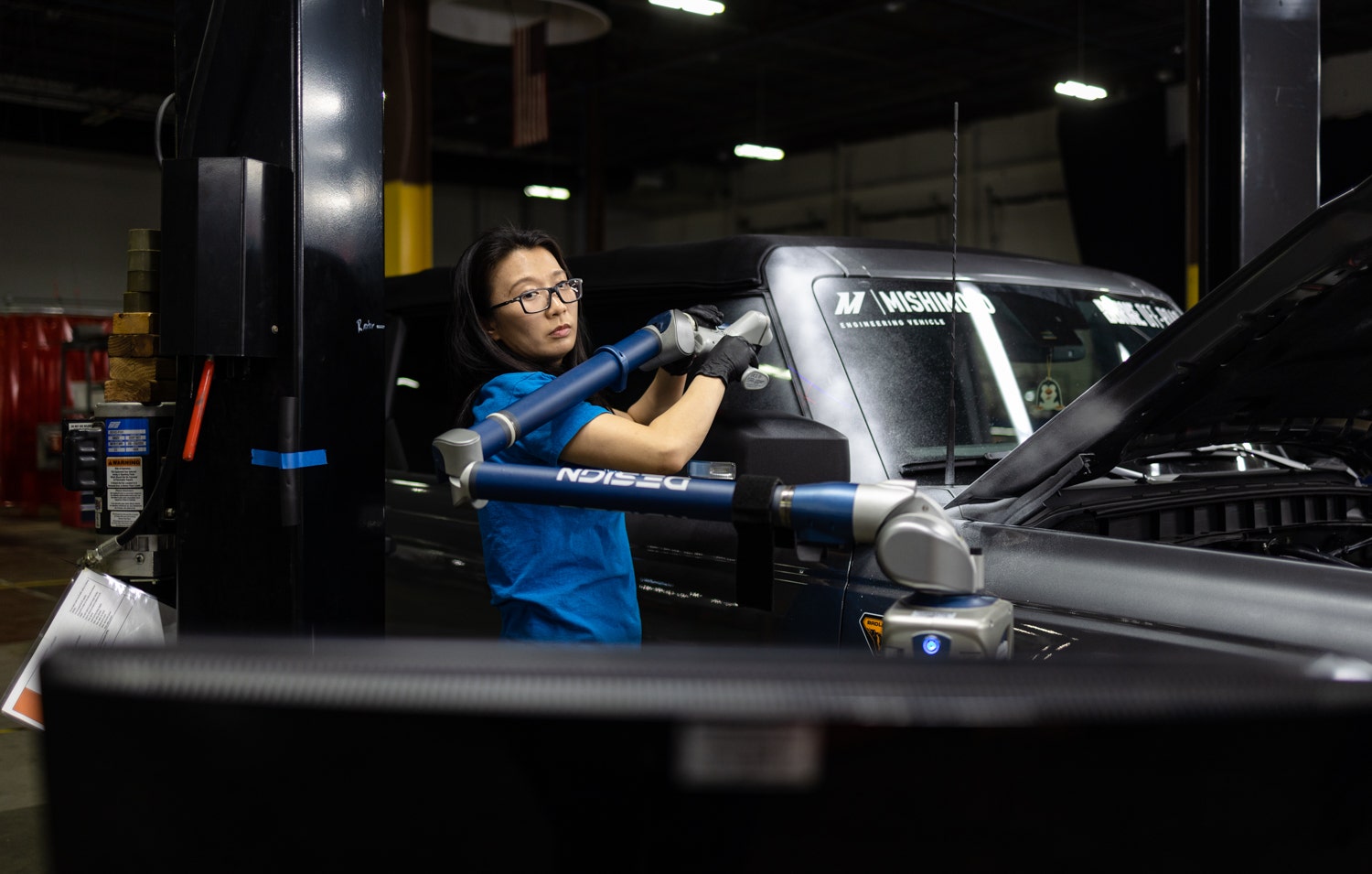
Our process starts by creating a virtual copy of our Bronco so our engineer, Ye, can create the entire digital design before we start slicing away any sheet metal. Since Ford designed these new aged Broncos without the stylish fender vents found on their other trucks, we needed to access the airbox the old-fashioned way. By creating the design in our 3D modeling software first, Ye is effectively measuring multiple times, so we only have to cut once.
With the path to the airbox plotted, we needed a means of integrating our snorkel into the rest of the intake system. For that, Ye devised not one but two means of channeling the fresh air through the airbox. Since we're also developing intakes for both engine options alongside this snorkel kit, Ye made sure that they would play nice with each other. The airbox for our performance intakes features a removable window to quickly check the filter's status and easily integrate our snorkel. We'll have you covered there for those opting to keep the factory intake system too. Since our airbox design is a slightly different shape than Ford's, Ye is planning on a second adaptor that will bolt to the OEM's lid with some slight modification.
With the small details sorted, we could now focus on the main attraction, the snorkel itself. It may seem like this part is a no-brainer, but in reality, there's much more to snorkel design than just routing a tube from the fender to the roof. In this stage, Ye is considering mounting points, airflow to the intake system, and how all of these variables will affect the design's aesthetics.
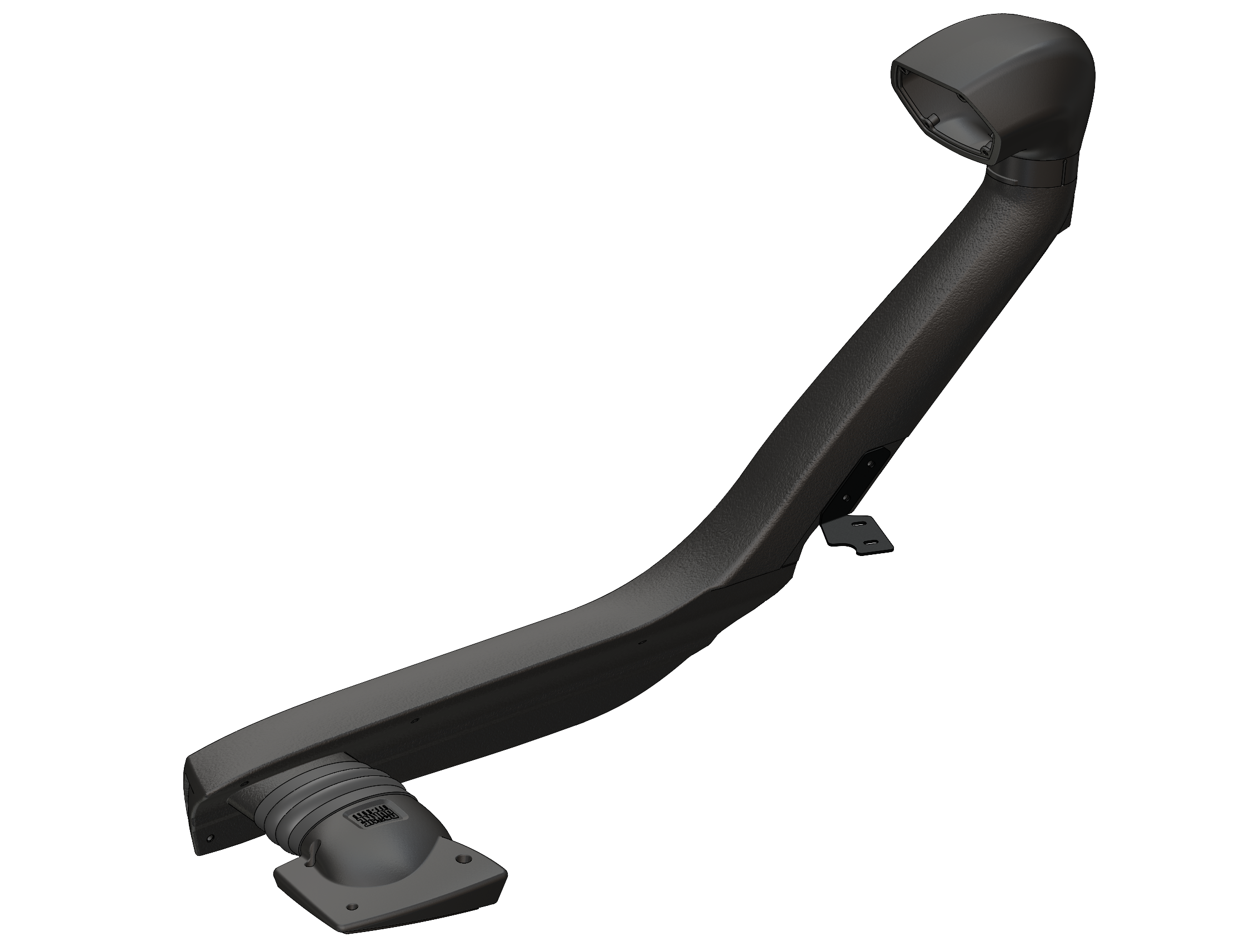
Looking tough is one thing, but we're designing this snorkel to deliver on that resilience. For starters, we're opting for a rotational-molded production method, which grants Ye much more freedom with the rugged aesthetics. Then, to match the function to the form, we're planning on using a UV-coated, cross-linked polyethylene, which will give this snorkel an extra tough carapace without adding too much extra weight to the front fender.

The other part of this resilience equation is keeping the snorkel attached to the Bronco no matter how rough the road gets. To get this snorkel anchored, Ye started at the front cowl. Since Ford designed these Broncos to be modified, a few conveniently pre-drilled and tapped mounting points were initially integrated for lighting, but these work perfectly for securing our design. To ensure a lasting connection to the Bronco's fender, Ye also incorporated mounting points through the sheet metal for even weight distribution and a means to simplify the installation process.
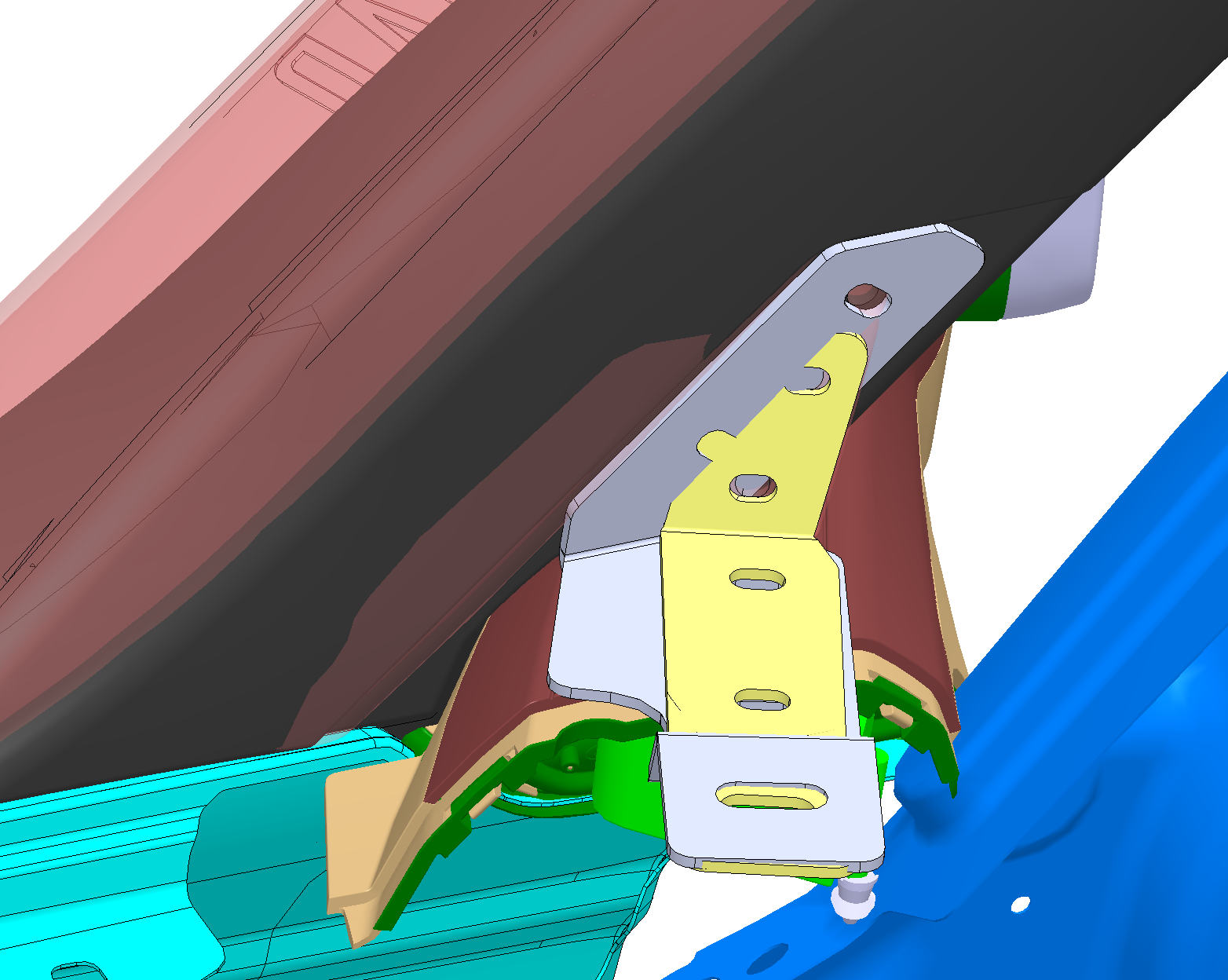
In the off-roading world, performance takes on different meanings. Sure, this still refers to the grunt of the powerplant, but it can also describe your rig's ability to trudge through tough terrain. When it comes to snorkels, it goes without saying that incorporating additional length to an intake system isn't ideal for increasing power. Broncos and snorkels aren't exactly built for speed, so we're focusing on the dependability side of off-roading while maintaining the grunt of these EcoBoosts. That focus doesn't come without compromise, however. Ye's plan to retain the Bronco's power is by keeping the size and shape as consistent as possible without shrinking much further than the stock inlet size. Following this guideline, we don't expect a noticeable loss of power from these engines.

With our plan in place, we're ready to start the next phase of our design process, prototyping. So make sure you stick around for the first look at our design installed on our Bronco, which is coming soon!
Thanks for Reading!
-Nick
